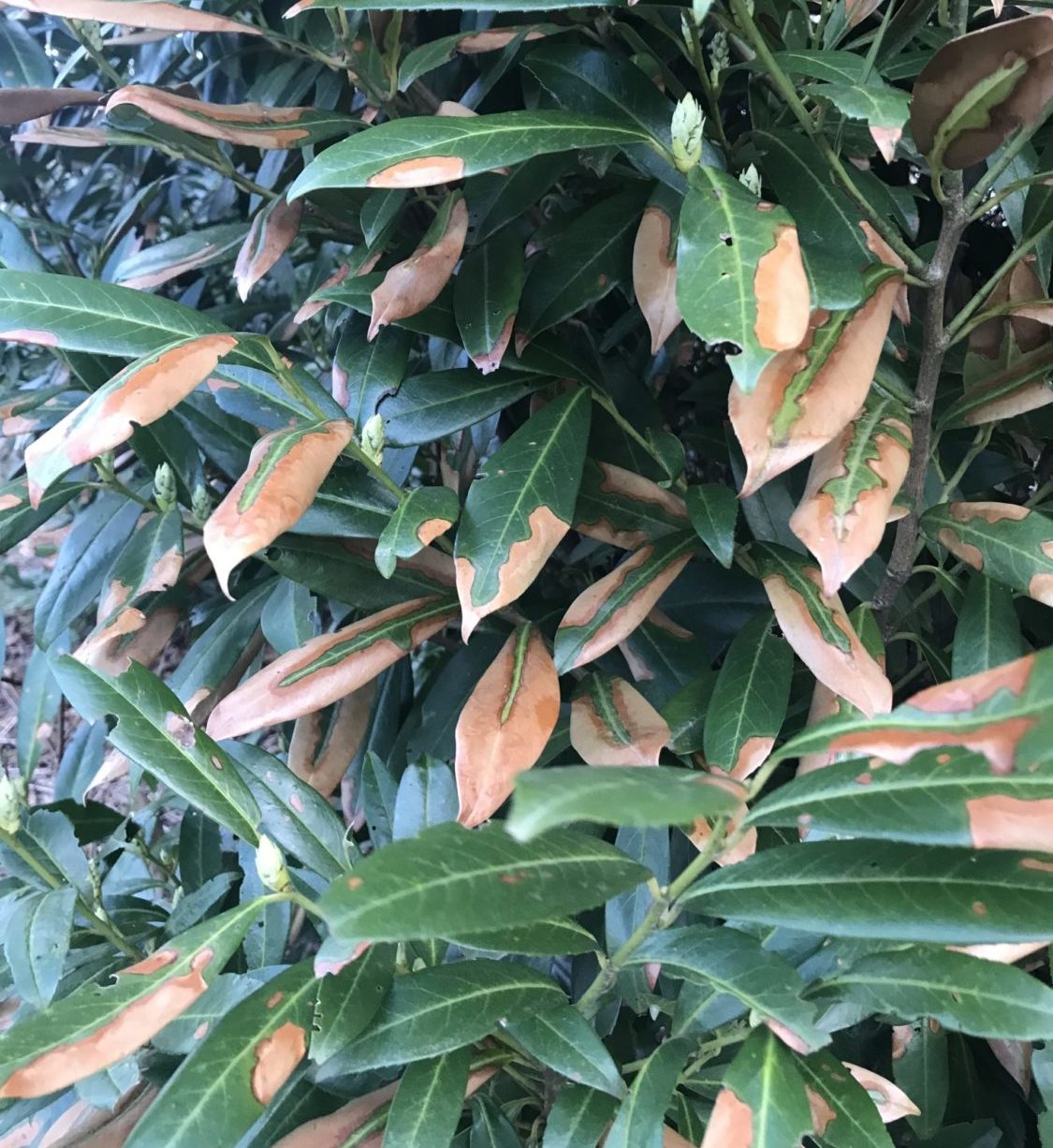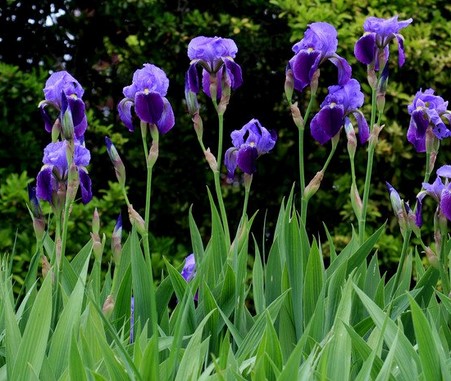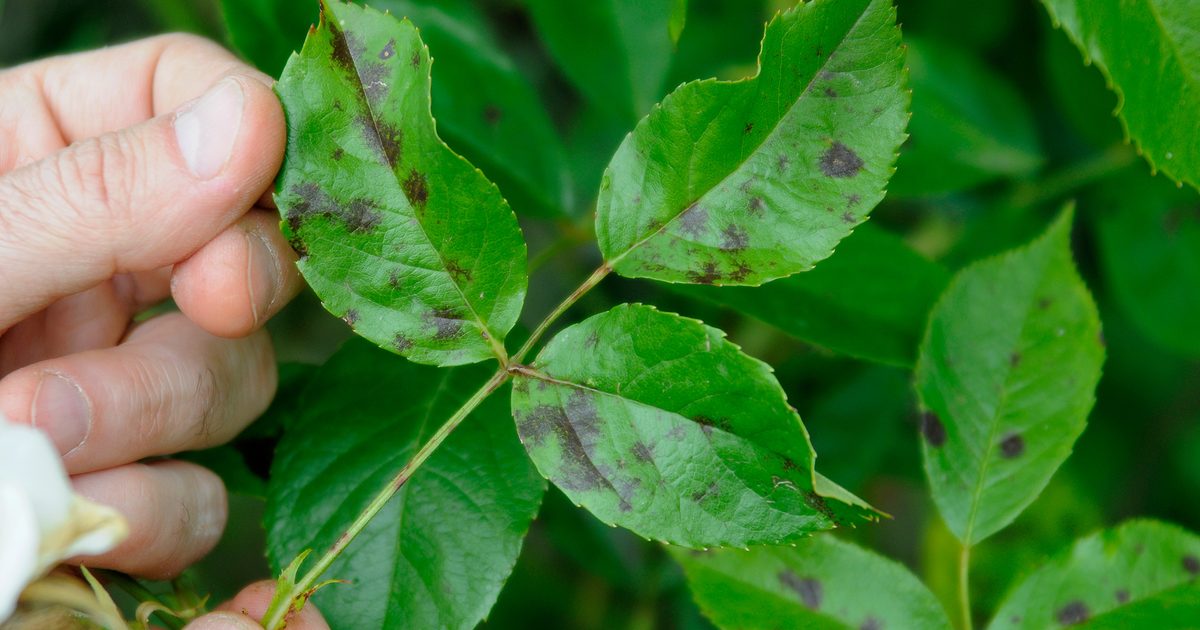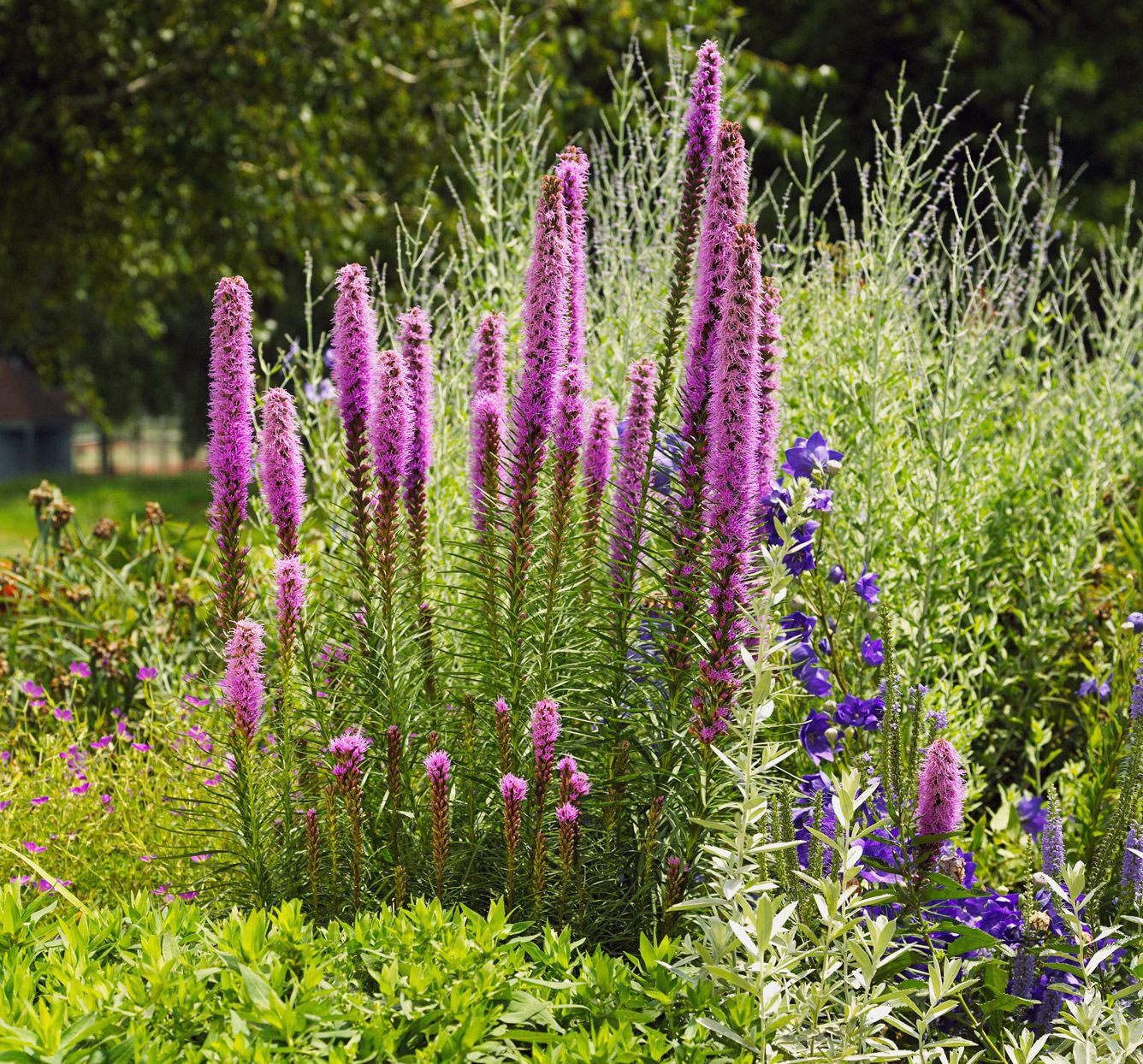
Winter Damage on Evergreens
It’s not unusual after a tricky winter with erratic temperature fluctuations and windy conditions to see browning (desiccation) on the leaves of landscape evergreens. The most affected broadleaved evergreens are also commonly used landscape plants – Skip laurel, Manhattan Euonymus, Rhododendron, and Aucuba.
A quick look at these plants in your landscape or others in the neighborhood have you wondering if the plant is dead or alive!
It’s time to do a little detective work.
With your fingernail, carefully scrape away the bark on a few questionable twigs. Green tissue underneath the bark is a positive sign. Brown or gray tissue signals damage or death.
Look for any signs of new buds. Healthy buds will be green; don’t be afraid to sacrifice a few buds to check for healthy tissue. Green buds and green stems are indicators that the plant is alive. And remember, not all plants flush new growth at the same time, especially if it’s a cool weather spring!
Don’t be in a rush to declare the plant dead and remove it from the landscape. Yes, the brown leaves aren’t very appealing. More often than not, the plant is alive and waiting for the return of good growing weather in late April through May. Those old leaves will disappear when the new growth flushes. (If you’re a stickler for neatness, you can prune off the brown leaves.)
If your Skip laurels, Aucuba, Rhododendron, or Manhattan Euonymus need major pruning, do it now before any new growth appears. Yes, you will sacrifice the flowers on rhododendrons. Or you could prune them immediately after flowering.



